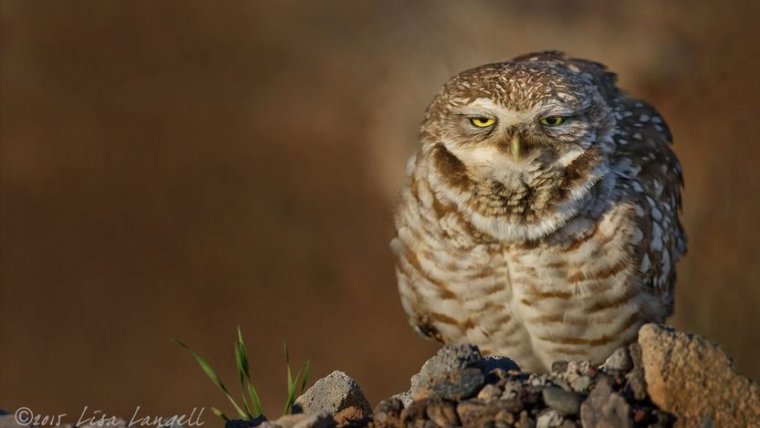
Welcome to another episode of Photographer Spotlight. Today’s interview with wildlife photographer Lisa Langell is probably one of the finest interviews I ever had, it is just full of professional tips.
1) Tell us about yourself, where are you from? How, when and why did you get into photography?
Lisa: I never would have imagined, as an 8-year-old kid from Marine City, Michigan, who loved nature and her Kodak 126mm Instamatic, that I’d someday own my own wildlife photography business, run workshops and tours, meet thousands of incredible people, and have some of the most powerful experiences with nature that I’ve had on this truly fascinating journey as a photographer.
I currently live in Scottsdale, Arizona; however, my passion started for me with my incredible great Aunt Josephine James, who taught me about birds. When I was 14 (1986), Canon A-1 (35mm) in hand, we traveled to Point Pelee, Ontario, Canada for the world renown spring bird migration. We saw over 100 species in one day! The tiny, colorful warblers were my favorite. I drooled at not only the birds but the many nature photographers with their “long lenses.” I distinctly remember thinking, “I want to DO that someday!” That started my story and my journey…

2) How did you become a professional photographer?
Lisa: I worked for 15 years as a psychologist and international consultant in the field of education, learning, and special education. I loved the profession, yet photography always beckoned. In 2011 I set up my part-time photography business. I loved helping kids with disabilities—and building my photography business–but gradually my happiness and quality of life became deeply impacted by the stress of simultaneously building two very different and demanding careers. It was time to be brave…
After great thought, I ultimately put trust in myself, took the leap, and in 2015 I began working full-time for my photography business. Though the income level is different, the rewards have been plentiful and I absolutely do not regret my decision. It has been an amazing, fulfilling journey.
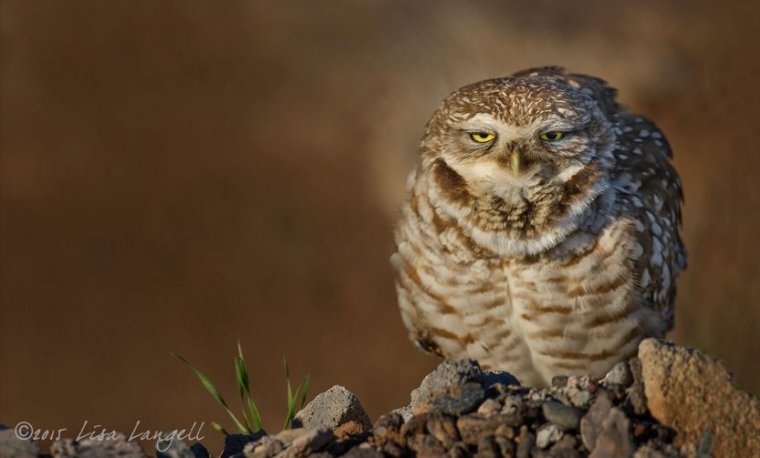
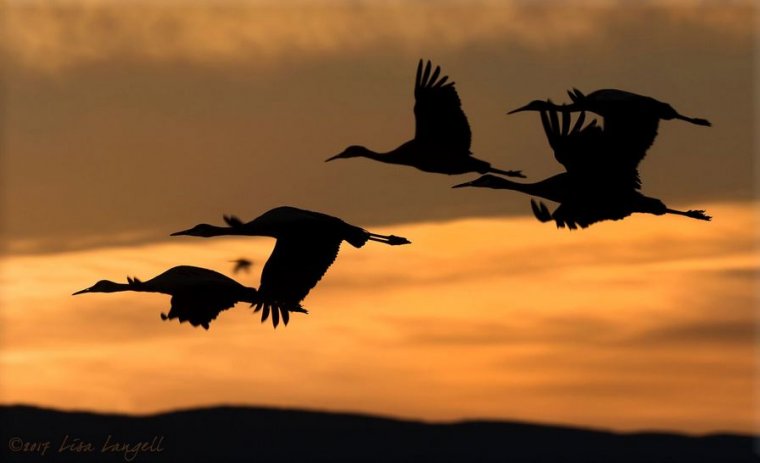
3) What differentiates your business from other pro photographers?
Lisa: I believe I attribute my success to expertise, passion, and exceptional service for my clients and customers. My business is distinct from the fierce competition in three key ways:
 4) What’s a favorite photo you took and why?
4) What’s a favorite photo you took and why?
Lisa: Can photography save a life? In my case, yes. I enjoy street portraiture when I am not photographing wildlife. I love getting to know my subject before I begin a session as it helps me better photograph and connect with the person.
I was shooting architecture in New Orleans, LA one evening when a man with a guitar walked in front of my lens. I stopped him, had a conversation, and asked if he would play for me while I photographed him. He nervously agreed and with supportive encouragement, I shot while he played for about 20 minutes. I watched him come out of his shell, light up and shine as I shot. When we were finished, he repeatedly told me how much the experience meant to him. I truly didn’t know the impact I had made until two days later.
While I was shooting early in the morning in the French Quarter, he found me and said hello. He then became tearful and said, with deep gratitude, that our impromptu session was deeply powerful for him. He shared that things were dark in his life at the moment and he was seriously contemplating suicide when I interrupted him for a photograph. Our shared experience changed his entire outlook. We kept in touch and several years later I am thrilled to report that he and his family are doing very well. I will never forget that moment or the true power of a photograph.
(I cannot share the photograph in order to protect the person’s privacy.)
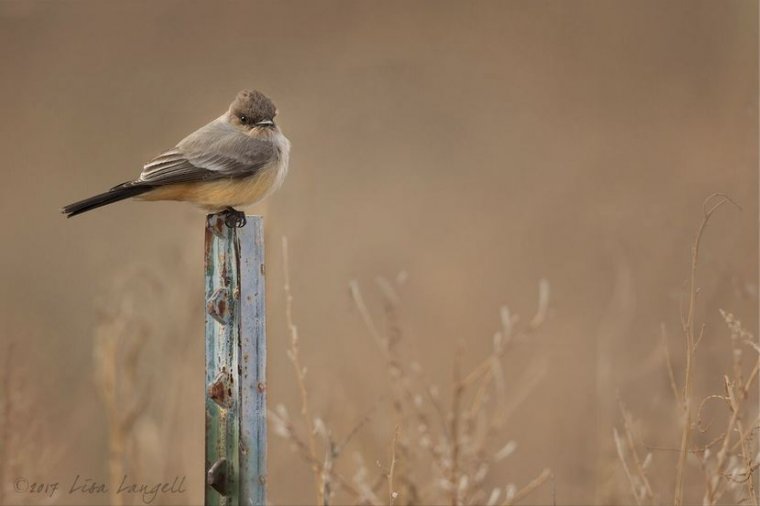
5) Which gear do you mainly use? What is typically in your camera bag?
Lisa: I have trusted Canon since I was 14 years old and owned a Canon A-1 35mm. Today, I primarily use a Canon 7D Mark II, a Canon 500mm f/4 USM IS, or a Canon 100-400mm f/5.6-6/3 when shooting wildlife. I adore my Gitzo tripod and use it with either a Wimberley Gimbal Head or Acratech ballhead. I travel with my ThinkTank Airport Security bag, which I absolutely love. I also often use Paul C. Buff Vagabond battery packs. Though I will use them for the occasional outdoor portrait session with off-camera lighting, I unconventionally rely on them when I am remote camping. I often need to “be where the wildlife is,” which is typically where the electricity is not! The Vagabond packs double beautifully as long-lasting power sources when I am off-the-grid for days and need to keep my laptop, camera batteries, and phone charged.
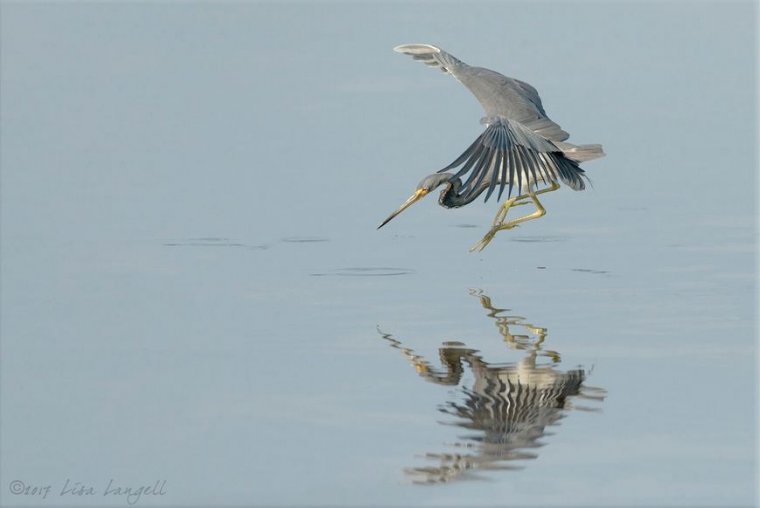
6) How do you prepare for an image?
Lisa: “When you look…what do you feel?”
For me, everything is about the feeling a potential image exudes. To prepare for a shot, I look at a location and letting it speak to me. I study my subject’s behavior, the light, the foreground, background, the sounds, the weather, the mood, and more. I immerse myself for a while – taking time to let the world around me go back to what it was doing before I arrived.
The key is to avoid shooting trite images that only document the subject. Rather, I think about what feeling the location and/or animal gives me within the scene. I study how my composition and settings will enhance that special feeling I want to create in the final image. I even imagine the post-processing techniques that will translate the feeling best. Lastly, I try to envision the future final output, including the type of paper, mount, background, and location upon which that final image (or series) might actually be displayed. By imagining the end result, I can understand better what opportunities and what concerns I have with the field in front of me.
I try to think beyond only “magazine shots,” or social media posts. What people want on their wall or gallery, may be very different than what they expect to see in magazines or admire on social media. By thinking more diversely, it opens up additional photographic opportunities and creative expression.
7) Do you have guiding principles that you follow when you’re taking pictures (image composition)?
Lisa: Before taking any shot, I adhere to solid ethical field practices. I work to avoid putting wildlife at risk, causing animals stress, shooting using wildlife “models” at game farms or similar locations, or destroying habitat in order to “get the shot.”
When shooting, a strong composition is paramount. Composition, if done well, can amplify emotion within an image. I employ the golden spiral and rule of thirds, but I often exaggerate them a bit and frequently utilize abundant negative space. Occasionally, I’ll intentionally break the rules altogether. I also avoid only shooting “tight shots.” I prefer variety and enjoy capturing wildlife images that include their environments. This helps me create ethereal imagery that facilitates more emotion, feeling, and connection with the subject.
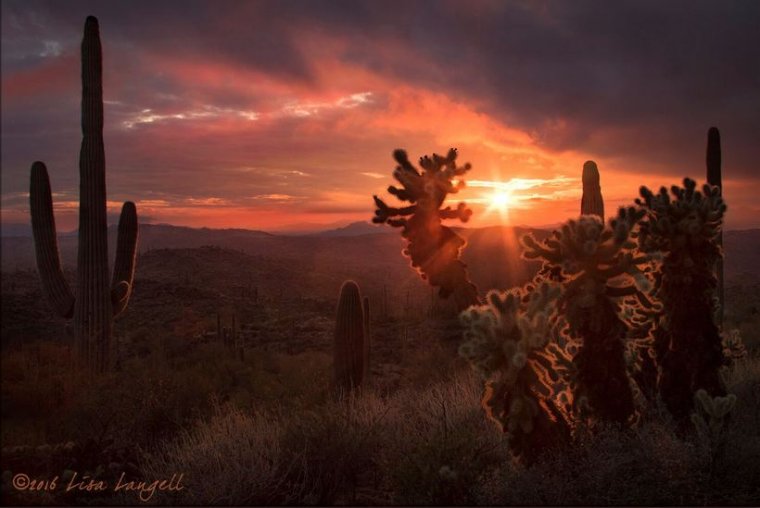
8) How important is post-processing for you? Can you tell us what kind of post-processing you typically do?
Lisa: I shoot in RAW, therefore post-processing is essential. I primarily use Adobe Camera Raw and PhotoShop CC to explore the power of light, shade, contrast, and line when processing an image. I love using these simple concepts to direct viewers’ eyes through the image in a specific order and sequence. Light, shade, contrast, composition, negative space and line are critical in my post-processing work. I shoot—and process–in ways that avoid “tripping points” when an eye moves through an image, such as hotspots, dark spots, or distracting elements. Good visual flow aids viewers in having an emotional response to an image and I constantly seek to evoke those responses.
One of my signature practices is to digitally “frame” or “present” my images for a professional feel when I share them on social media. I create a frame or background in PhotoShop and title each piece. I believe that if an image does not evoke a captivating title, it is not worthy (to me) of being presented. The discipline of always thoughtfully titling and presenting my work helps me better curate my collections and present only my best, most stirring pieces.
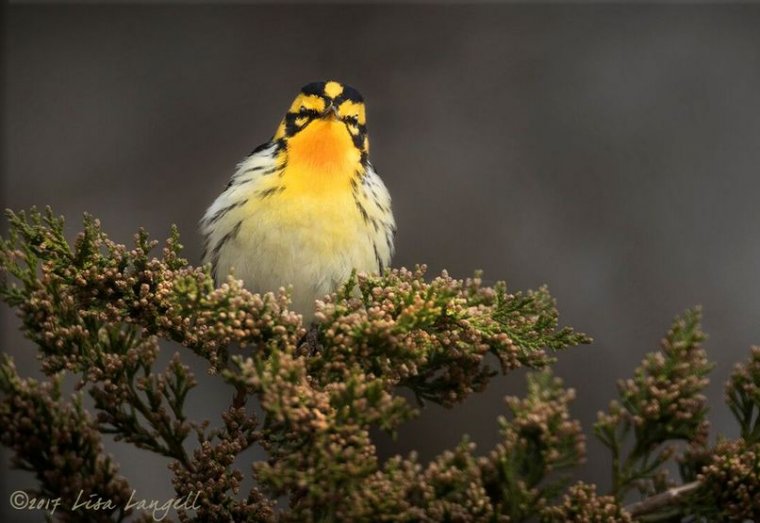
9) How long have you been doing photography?
Lisa: Photography and birding were hobbies since age eight. During college and graduate school, I temporarily put the camera and darkroom aside, but I then moved to digital photography in 2007 and have pushed myself forward ever since that time.
10) What’s the most challenging part of being a wildlife photographer?
Lisa: Separating the business part of wildlife photography from the art of photographing wildlife, it becomes much easier to reflect on the challenges of each. (I’ll reserve the business challenges for another discussion!)
Artistically speaking, the challenge I love most about wildlife photography is the one that also keeps me pushing forward. It is my genuine passion to create fresh, innovative, evocative, and quality imagery, workshops and learning experiences for my audience! I love connecting my audience with nature in increasingly powerful ways, through my work.

11) Do you have general advice and tips for other wildlife photographers?
12) Is there a wild animal you would love to photograph?
Lisa: I have not yet had the chance to photograph polar bears and look forward to doing so one day!

13) What are your future photography goals?
Lisa: I have three primary goals:
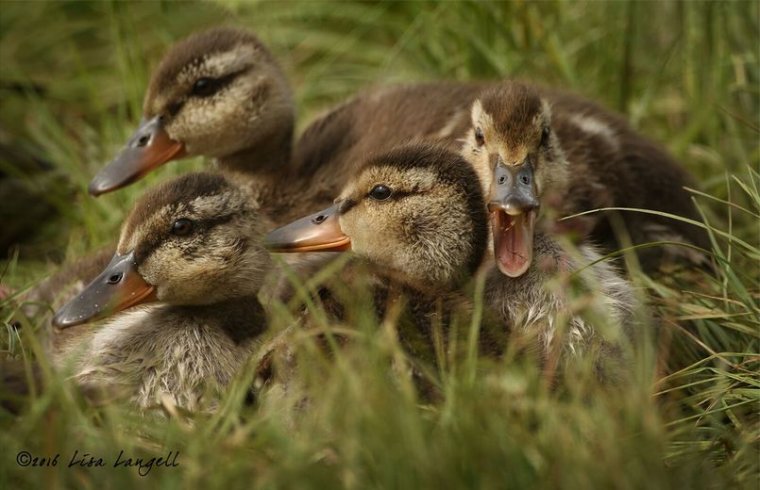 14) Who or what inspires you to do what you do and why?
14) Who or what inspires you to do what you do and why?
Lisa: I care deeply for nature. I do what I do because I enjoy being out in nature, want to preserve and protect it, adore photographing it, and am thrilled to help others connect more deeply with our natural world.
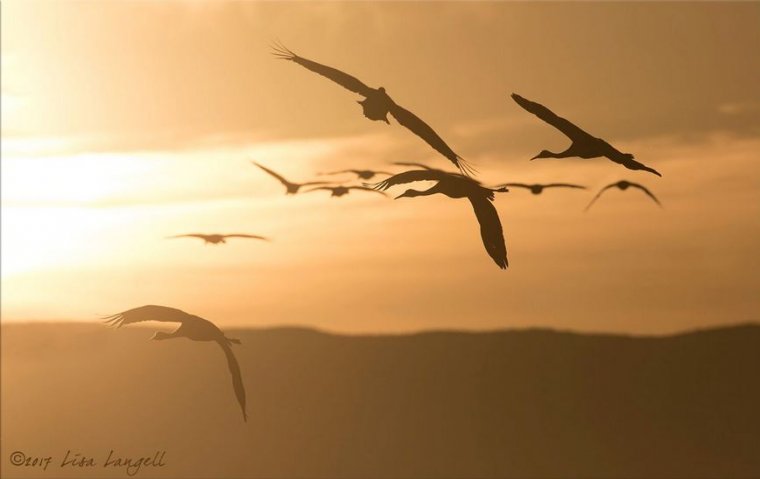
15) What do you know now that you wish you knew when you started?
Lisa: I was very trusting of others when I first got started in this business. I entered into some partnerships, collaborations, and even friendships with more optimism and less reserve or due diligence than I do today. I was “burned” a bit via some of those experiences, but those same experiences also taught me some valuable lessons about business, boundaries, humanity, and my own resiliency.
In contrast, I have also met some truly amazing people, have received more support, opportunities, and positive accolades than I ever thought possible, and it seems that about the time I might second-guess my decision to work full-time as a wildlife photographer, something positive happens that inspires and propels me forward. I don’t regret my decision for a moment and savor every day that I have the privilege of working as a wildlife photographer.
Make sure to visit Lisa Langells Homepage and to follow her on Facebook & Twitter:
Website: http://www.langellphotography.com/
Facebook: https://www.facebook.com/LisaLangellPhotography/
Twitter: https://twitter.com/langellphoto
Comments (0)
There are no comments yet.